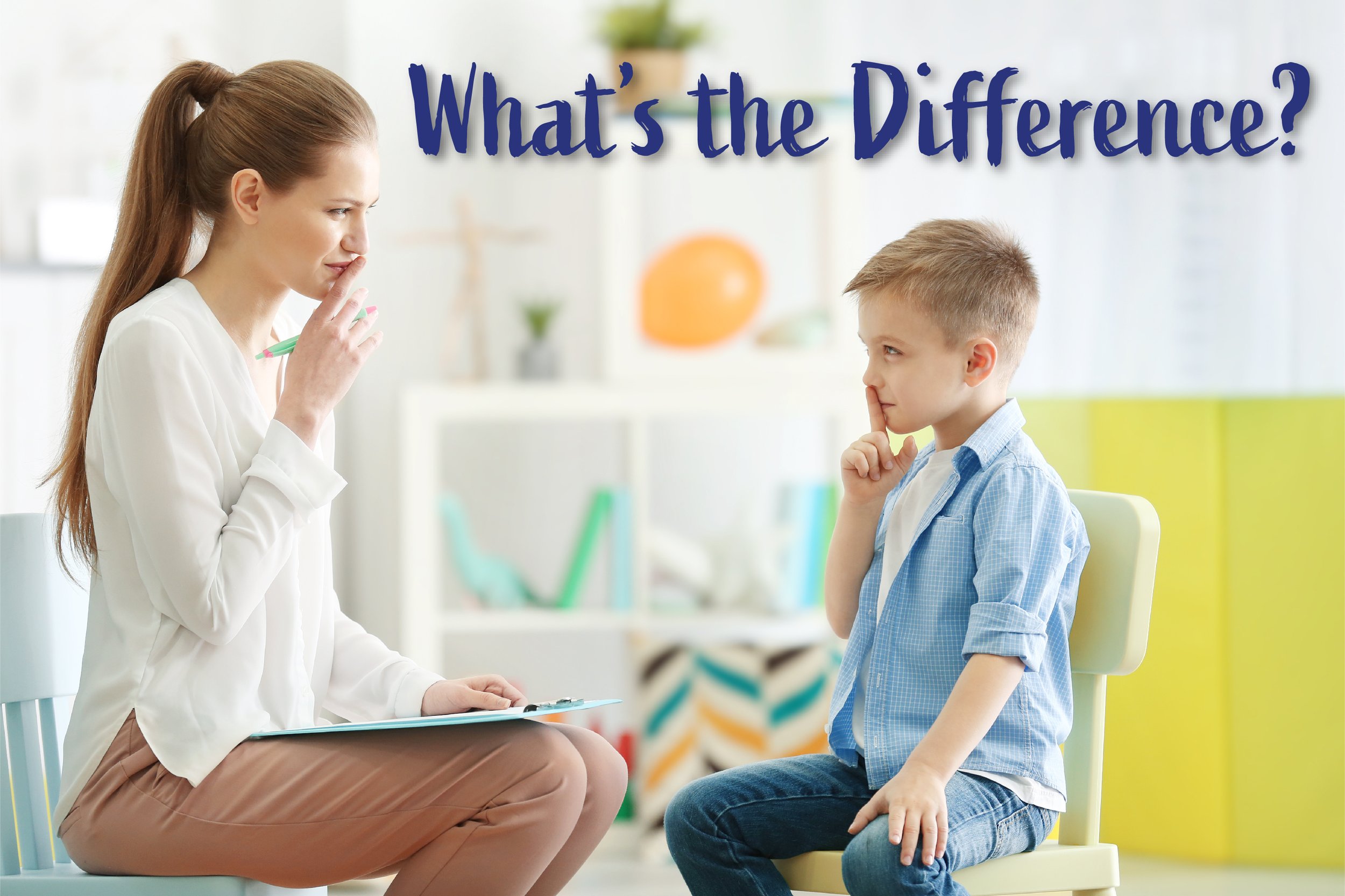
There’s no one universal “right way” to provide effective therapy to children with autism spectrum disorder (ASD). Although Applied Behavioral Analysis (ABA) therapy is one of the most popular forms of treatment and has been endorsed by federal organizations like the CDC and the Office of Inspector General, autism therapy doesn’t have to be thought of as a rigid or boring monolith.
ABA therapy is both fluid and personalized to fit the unique goals, needs, and challenges that each child with autism faces as they grow and develop.
For many children, ABA therapy is enough for them to live more fulfilling and independent lives. For others, therapeutic approaches like occupational therapy (OT), either used in conjunction with ABA therapy or on its own, can provide children with autism an individualized pathway toward success.
What Is ABA Therapy?
ABA therapy focuses on developing and teaching specific behaviors based on a careful assessment that follows the antecedent-behavioral consequence model. This form of therapy breaks down skills and processes into bite-sized steps that are easy to understand.
No two children with autism will have the exact same behavior and treatment goals. Goals are determined by the child’s age, developmental milestones, ability to communicate, and much more. But there are some key behaviors that are commonly addressed with ABA therapy.
-
Bettering Communication – ABA therapy can teach children with autism how to communicate effectively. For some children, this will include one-word phrases or full sentences. Other children, including nonverbal children, may learn to communicate by pointing to a picture or an object.
-
Reducing Maladaptive Behaviors – ABA therapy focuses on identifying the antecedents that lead to these behaviors and finding ways to alter both the antecedent environment and the behavior. Reducing the frequency of maladaptive behaviors can make a significant difference for the child and family.
-
Gaining Independence – ABA therapy may focus on teaching a child with autism to get dressed, use the bathroom, and attend to other personal needs on their own—or with less hands-on support from a caretaker. Learning these skills can help parents focus on other tasks and could help children live more fulfilling lives.
To learn more about what ABA therapy is, read here.
What Is Occupational Therapy?

Occupational Therapy (OT) helps people improve everyday skills often needed to live active and independent lives. For children with ASD, OT often focuses on play, learning strategies, and self-care. In occupational therapy, the provider creates goals and strategies to help the person work on key skills. Some examples of common goals include:
-
Independent dressing
-
Eating
-
Grooming
-
Using the bathroom
-
Fine motor skills like writing, coloring, and cutting with scissors
ABA Vs. OT: How are They Similar?
Although there are certainly differences between the two forms of therapy, at their core, ABA and OT help patients break down complex tasks into more manageable pieces. Both ABA and OT help children with autism build a skill set that can lead to confidence and self-sufficiency.
ABA Therapy and Occupational Therapy: How are They Different?
The main difference between the two forms of therapy is the number of therapy hours that each one requires.
A child with autism receiving ABA therapy could receive anywhere from 10 to 40 hours of treatment a week from a Registered Behavioral Technician (RBT). Occupational therapy usually involves half-hour to one-hour sessions. However, the number of sessions per week is based on individual needs.
Children with autism receiving OT will typically learn targeted skills through play, while those receiving ABA therapy will learn through a combination of functional and behavioral learning.
Although both forms of therapy require an assessment to evaluate the course of treatment, the ABA assessment focuses on an individual’s ability to understand, communicate, and interact. The OT assessment helps determine the child’s level of physical independence and functionality.
The Fluidity of Autism Therapy

In an article titled “Applied Behavior Analysis, Autism, and Occupational Therapy: A Search for Understanding,” the authors state that “ABA principles and occupational therapy are compatible, and the two could work synergistically.”
A second article delves further into the symbiotic nature of ABA and occupational therapy. The authors state that “there were consistent positive changes in implementation of the merged skills following interprofessional coaching for clinicians… These changes in clinician procedures were associated with improved outcomes for the children’s behavior.”
ABA therapy uses a combination of different therapeutic techniques like Discrete Trial Training (DTT) and Natural Environment Training to treat children with autism. On a larger scale, the types of therapies that a child receives should be seen as fluid and used in tandem when specific goals can be achieved by receiving a specific form of therapy.
If you have a child that has been diagnosed with autism and you would like them to start receiving ABA therapy through Applied ABC, you can fill out an autism therapy assessment here.
Sources Cited
-
Welch, Christine; Polatajko, H.J. Applied Behavior Analysis, Autism, and Occupational Therapy: A Search for Understanding
-
White, Heather et al. Interprofessional practice for simultaneous implementation of merged techniques from three disciplines: OT SLP ABA



